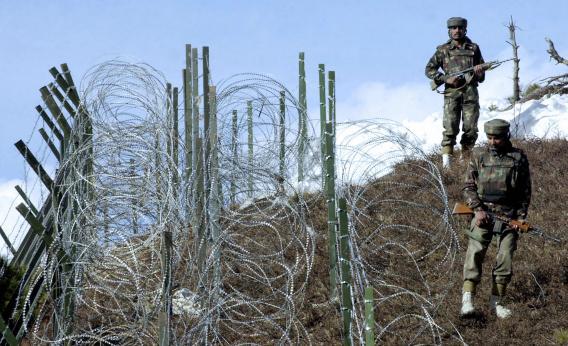Nick Danforth has an interesting piece up at the Atlantic today, arguing against the assumption that “carelessly drawn imperial borders are to blame for all that’s wrong with the Middle East today.” That’s a bit of a straw man: I haven’t heard anyone blame them for all the region’s problems. The article does make a good argument that we should treat such commonly held assumptions with skepticism, rightly notes that every country that’s not an island has borders that are “artificial” to a certain extent, and gives some good counterexamples.
It’s true that Jordan, by any standards, one of the most artificially drawn countries in the region, is among its most stable and that the much disputed Iran-Iraq border dates back to “a line set by the 16th-century conquests of Suleiman the Magnificent.” It’s also true that in the case of Iraq, problematic as its creation was, “no commission, no matter the good intentions, could have been expected to find the magic line that got all the Sunnis on one side, the Shiites on the other, and the oil right in the middle.”
But Danforth also cherry-picks his examples a bit, ignoring some of the most famous examples of problematic borders including India-Pakistan and Israel-Palestine. He notes that “Mount Lebanon had been carved out as a special administrative unit following religious violence there in 1860” but not the fact that the French tacked on predominantly Muslim regions to predominantly Christian ones in what was called Greater Lebanon.
He also cites the fact that following independence, African leaders “initially sought to preserve their countries’ borders unchanged”–and with a few notable exceptions have continued to do so ever since–as “the best evidence that drawing borders is an inevitably ugly business, no matter who does it.” But this could just as easily be taken as evidence that the colonial-era borders were bad and African leaders made a mistake in trying to preserve them.
Economists Alberto Alesina, William Easterly, and Janina Matuszeki attempted to measure in 2006, resulting in what’s become known as the “squiggly border theory”. Using two measures of artificiality, one “how borders split ethnic groups into two separate adjacent countries” and two, “how straight land borders are, under the assumption the straight land borders are more likely to be artificial,” they find that more “artificial” countries score lower on several measures of political and economic success, including political stability and violence. (Interestingly, non-squiggly bordered countries don’t appear more likely to go to war with other countries.)
The study is admittedly imperfect and it’s easy to come up with counterexamples on both sides. But just because bad borders don’t explain all conflicts all of time, doesn’t mean they aren’t a real problem for the countries stuck with them.
